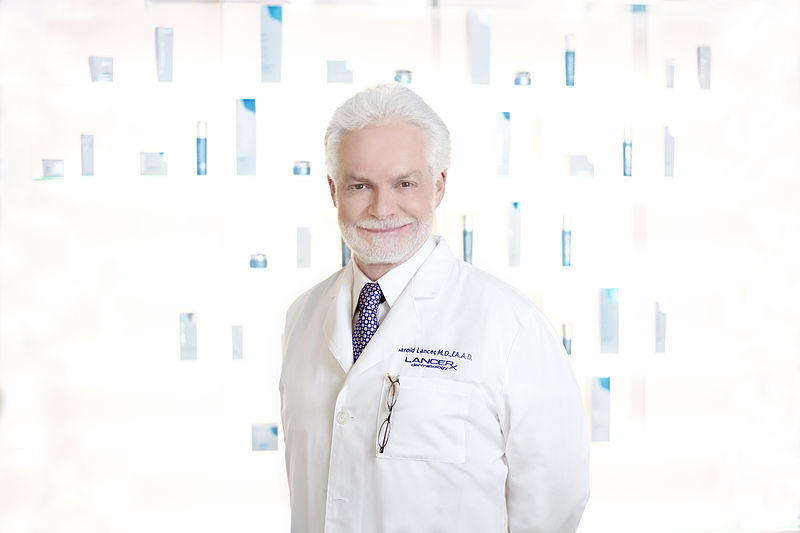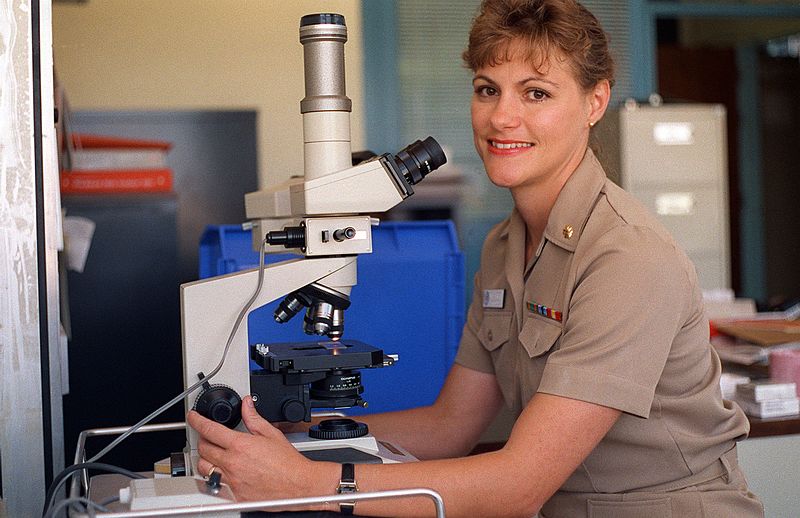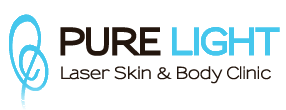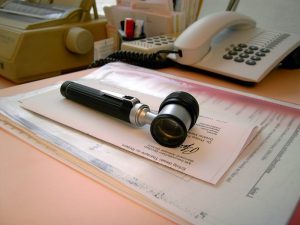
By MadelineDavis (Own work) [CC BY-SA 3.0], via Wikimedia Commons
Laser resurfacing is a different cosmetic procedure that reduces facial wrinkles, acne scars, and unattractive blemishes. This technique involves sending small pulsating beams of light at the targeted area. As a result, skin layers are gradually removed. This well-known procedure is also called laser vaporization, laser peel, or last abrasion.
Who Is an Ideal Candidate For Laser Resurfacing?
You are an ideal candidate for laser resurfacing if you have any of the following: shallow scars caused by acne, fine wrinkles around your mouth or eyes, or your skin has not improved after having a facelift.
It is imperative to mention that you may not be an ideal candidate for laser resurfacing if you have dark skin or acne. This cosmetic technique is not suitable for treating stretch marks. Consulting with your physician will help you find out if laser resurfacing is right for you.
How Does Laser Skin Resurfacing Work?
Erbium and carbon dioxide (CO2) are the two types of lasers generally used in laser resurfacing. Both lasers eliminate damaged skins cells.
CO2 Laser Resurfacing
CO2 laser resurfacing has been around for many years. It is used to treat the following skin conditions: enlarged glands on the nose, warts, wrinkles, scars and other conditions patients feel are unattractive.
The latest version of CO2 laser resurfacing (fractionated CO2) uses powerful short-pulsed light energy or continuous light beams. In a precise scanning pattern, these light beams remove layers of skin with moderate heat damage. It can take up to two weeks for patients to recover from this procedure.
Erbium Laser Resurfacing
Erbium laser resurfacing excels when it comes to removing surface level and moderately deep wrinkles. Erbium laser resurfacing is used on the neck, hands, and chest. Many cosmetic doctors favor this procedure because the minimal burning of surrounding tissue takes place. This causes fewer side effects (bruising, swelling, and redness). In many instances, the recovery time for patients is one week. Your physician can tell you how long it will take for you to recover. Erbium laser resurfacing may be your best option if you have a darker skin tone.
Getting Ready for Laser Surgery
The first step takes place when you consult with a dermatologist or plastic surgeon. Make certain your select a licensed doctor who has years of experience in laser skin resurfacing. It would be a grave mistake for you to choose a young doctor. Your doctor will take a close look at your present health, your medical past, and the desired outcome. This will help him choose the best laser treatment for you.
It is important to tell the doctor if you develop fever blisters or cold sores near your mouth. Laser skin resurfacing can lead to breakouts in people who are at risk.
If you decide to move forward with laser skin resurfacing, your physician will ask you to stay away from medications that can hinder your body’s ability to clot – such as ibuprofen, vitamin E, and aspirin. Physicians typically tell their patients to stay clear of these supplements or medications for ten days.
Do you smoke? If so, you should stop smoking for two weeks before and after the procedure. Intensive medical research shows that smoking can extend the healing period.
Your physician may put you on antibiotics to prevent a bacterial infection. Don’t be alarmed if your doctor also prescribes an antiviral medication. He or she will do this if you are prone to getting fever blisters or cold sores.
What You Should Expect
Some people are under the impression that laser resurfacing requires one to stay in the hospital overnight. Nothing could be further from the truth! Laser resurfacing is an outpatient procedure.
The doctor may treat each wrinkle around your mouth, eyes, or forehead. There is a possibility that your entire face may be treated. Targeted skin areas will be numbed with a local anesthetic before the procedure gets underway. Please remember that the doctor may sedate you, and you may get basic anesthesia if your entire face if being treated.
The whole procedure will take anywhere from thirty to forty-five minutes if the doctor is treating certain areas of your face. If your entire face is being treated, the procedure can take up to two hours.
The doctor will bandage the treated area after the procedure is completed. You must clean the treated area four to five times a day. You must also apply an ointment to the treated area. This will prevent scabs from forming. Depending on the condition that was treated, it will take ten to twenty-one days for healing to take place.
Swelling normally takes place after laser skin resurfacing. This is the main reason why your physician may put you on steroids. Steroids will help manage potential swelling around your eyes. Elevating your head and applying ice to the treated area will help the lower swelling.
Your skin will become dry and peel in five to seven days after the procedure. Your skin may also itch or sting.
You can start wearing oil-free makeup once your skin heals. Oil-free makeup will reduce the redness. The redness will disappear in two to three months.
You should also consider using a “broad-spectrum” sunscreen. This will help protect your skin while it is undergoing its healing process. The sunscreen should have a physical blocker (zinc oxide) and a sun protection factor (SPF) of 30 or more. Limiting your time in the sun will protect your skin from the sun’s powerful rays.
You can start wearing makeup after the skin’s healing process is complete. Some laser resurfacing patients have seen tremendous results with green-based make-ups. Patience is the key when it comes to dealing with the redness. The redness will fade away in two to three months.
Patients with darker skin tones are more prone to getting darker pigmentation. A bleaching agent can be used to address this issue. Using a sunscreen will also provide adequate protection against the sun’s rays.

By Expert Infantry [CC BY 2.0], via Wikimedia Commons
Complications of Laser Skin Resurfacing
Skin resurfacing will not give you perfect skin. It can only enhance your skin’s appearance. Potential risks of skin resurfacing include:
-Bacterial infection
-Scarring
-Milia (small white bumps)
-A change in skin pigmentation
-Burns from the laser’s heat
-Reactivating cold sores
Overall Cost of Laser Skin Resurfacing
Back in 2011, the American Society of Plastic Surgeons priced laser skin resurfacing at $2,300. Factors such as the area being treated and your physician’s site will decide the price for the procedure.
Most medical insurance companies will not cover laser skin resurfacing because they view it as a cosmetic procedure. Modifying cars or removing a precancerous growth on your skin may be two exceptions. You can find out more by just talking with your physician and insurance company. Fortunately, some doctors offer financing options.


